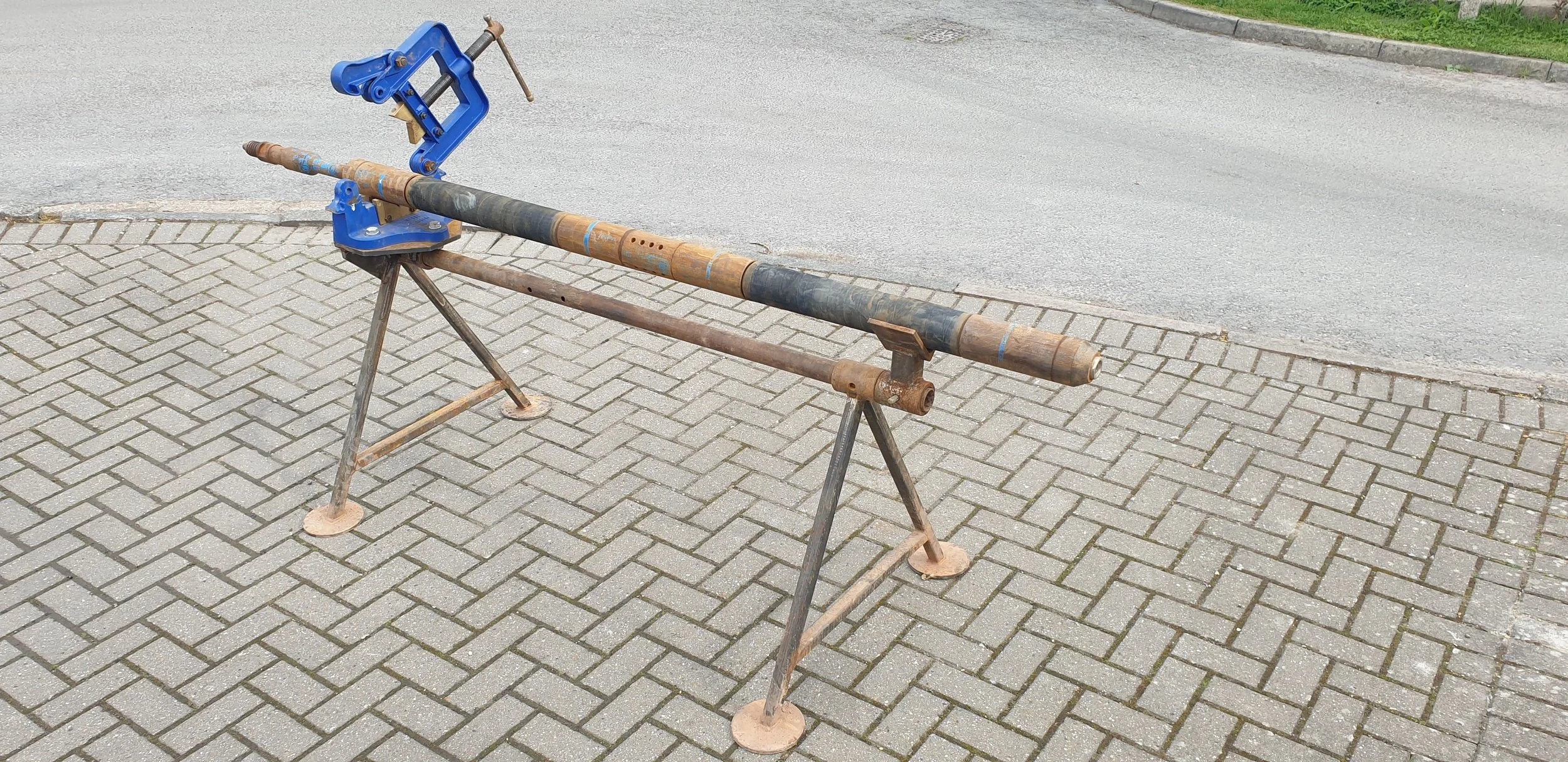
Hydraulic Fracture Testing
Services
Hydraulic Fracture Testing is conducted to determine the tensile strength of the rock mass and the magnitude of maximum and minimum horizontal stresses.
When employed in conjunction with either a televiewer or impression packer, this technique can also be used to determine horizontal stress orientation and anisotropy. This is an insitu technique suited to hard rock applications in competent and unfractured rock masses.
The instrumentation and equipment utilised for Hydraulic Fracture Testing includes a double packer system with an injection zone between packers. The packers are inflated either side of the injection zone, creating a sealed section of the bore hole. Subsequently, water is pumped down a hose to the injection zone; the pressure is gradually increased until a tensile fracture occurs. The fracture is then closed and then reopened several times to determine the insitu stress.
How it works…
We have capacity to run two 50MPa systems. The first is suitable for testing a Geobore S borehole with a 126 – 146mmØ. The second is suitable for a smaller HQ 96 – 101mmØ.
Either diameter system uses two umbilical’s. There is one pneumatic line to the inflate the packers, and another hydraulic (water) hose to pressurise the injection zone and conduct the actual test.
This is a lossless system ensuring a higher flowrate accuracy, as opposed to a rod system with potentially leaky joints.
the equipment on surface includes a series of pumps providing the required flowrates and pressures to achieve the requirements of the test, these are instrumented to monitor the flowrate and pressure. All transducers provide a high frequency live digital data feed displayed on a laptop.
The instrument should be lowered on the rods used by the rotary rig, but wireline deployment may be possible by prior discussion.


